Your cart is currently empty!
Arum Aethiopica: The Complete Guide to the White Arum Lily
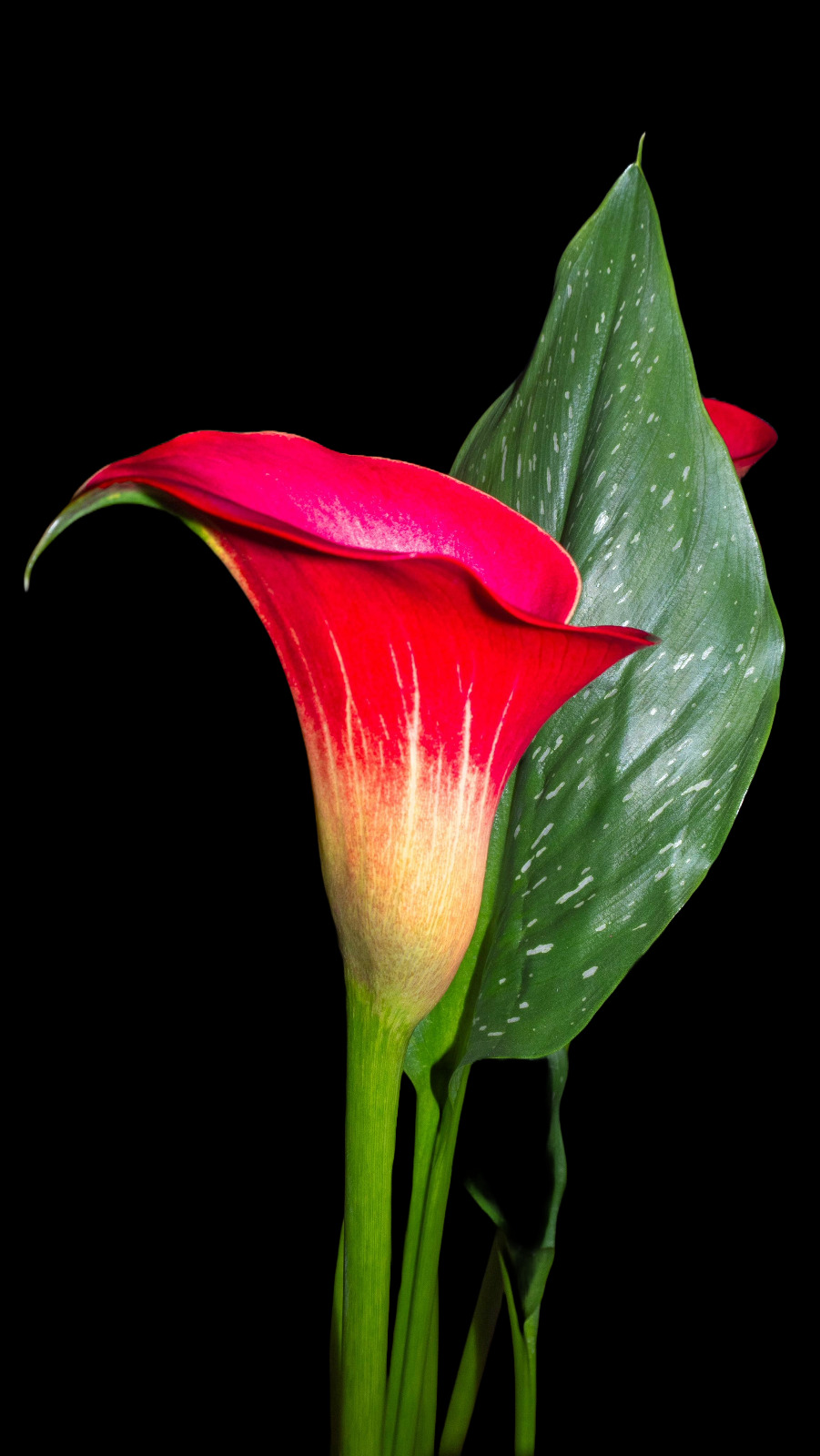
Introduction
Arum aethiopica, commonly known as the White Arum Lily, is a striking and elegant perennial that holds a prominent place in horticulture. With its large, distinctively shaped white spathe and glossy arrowhead-shaped leaves, it brings a touch of refinement to any garden or indoor décor. This comprehensive guide explores the enchanting world of Arum aethiopica, providing valuable insights into its cultivation, care, symbolism, and more.
Characteristics
Botanical Profile
Arum aethiopica belongs to the Araceae family and is native to South Africa.
- Scientific name: Arum aethiopica
- Common names: White Arum Lily, Arum Lily, Calla Lily
- Plant type: Perennial herbaceous plant
- Height: 12-36 inches (30-90 cm)
- Width: 6-18 inches (15-45 cm)
Distinctive Features
- Spathe: Large, white, trumpet-shaped structure that envelops the spadix.
- Spadix: Central spike-like structure within the spathe, covered in tiny flowers.
- Leaves: Glossy, arrowhead-shaped, dark green leaves with prominent veins.
- Rhizomes: Underground stems that produce new plants.
Cultivation
Soil Requirements
Arum aethiopica prefers well-drained, moist soil rich in organic matter. The ideal pH range is 5.5 to 7.0.
Light Requirements
In warmer climates, partial shade is recommended to prevent leaf scorch. In cooler regions, full sun to partial shade is suitable.
Water Requirements
Regular watering is essential, especially during dry periods. Allow the soil to dry out slightly between waterings.
Hardiness
Arum aethiopica is hardy in USDA zones 8 to 11. In colder regions, it should be brought indoors during winter or protected with mulch.
Propagation
Arum aethiopica can be propagated through division or by seed:
- Division: Divide the rhizomes in spring or fall.
- Seed: Sow seeds in well-drained soil and keep them moist.
Care
Fertilizing
Fertilize Arum aethiopica monthly during the growing season with a balanced liquid fertilizer.
Pruning
Remove spent flowers and yellowing leaves to promote new growth.
Pests and Diseases
Arum aethiopica is relatively pest-free. Occasional problems may include aphids, spider mites, and snails.
Uses
In the Garden
- Mass planting for dramatic effect.
- As a border plant.
- In water features.
- In patio pots or containers.
In Floral Arrangements
The white spathe and long stem make Arum aethiopica a popular choice for cut flower arrangements.
Medicinal Uses
Traditionally, Arum aethiopica has been used in herbal remedies for various ailments. However, it should be noted that all parts of the plant are poisonous and should be handled with caution.
Symbolism
Arum aethiopica holds symbolic meanings in different cultures:
- Purity: In Victorian England, it was associated with innocence and chastity.
- Resurrection: In Christianity, it represents the rebirth and resurrection of Jesus Christ.
Toxicity
All parts of Arum aethiopica, including the sap, are poisonous. It contains calcium oxalate crystals that can cause irritation to the skin, mouth, and digestive tract. Avoid direct contact and wash hands thoroughly after handling.
Troubleshooting
| Problem | Cause | Solution |
|—|—|—|
| Yellowing leaves | Overwatering or underwatering | Adjust watering schedule |
| Stunted growth | Poor soil drainage | Improve drainage |
| Leaves turning brown | Sunburn or pests | Provide partial shade or consider pest control |
| Plant not flowering | Insufficient sunlight or nutrients | Increase sunlight or fertilize |
Companion Plants
Suitable companion plants for Arum aethiopica include:
- Hostas
- Ferns
- Bleeding hearts
- Hellebores
Conclusion
Arum aethiopica, with its graceful spathe and glossy foliage, is a captivating and versatile plant that adds a touch of elegance to any setting. Whether it’s grown in the garden, indoors, or used in floral arrangements, this plant is sure to bring beauty and charm. By understanding its cultivation needs, uses, and symbolism, you can fully appreciate and enjoy the presence of this unique and captivating species.


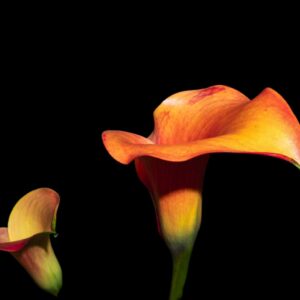
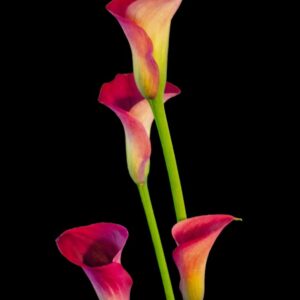
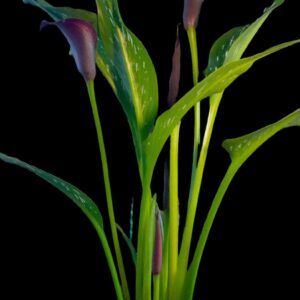

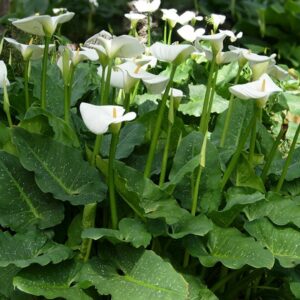
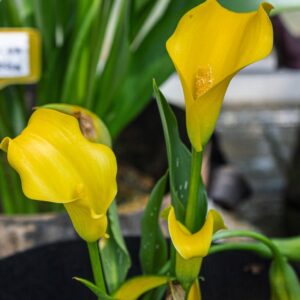
Leave a Reply